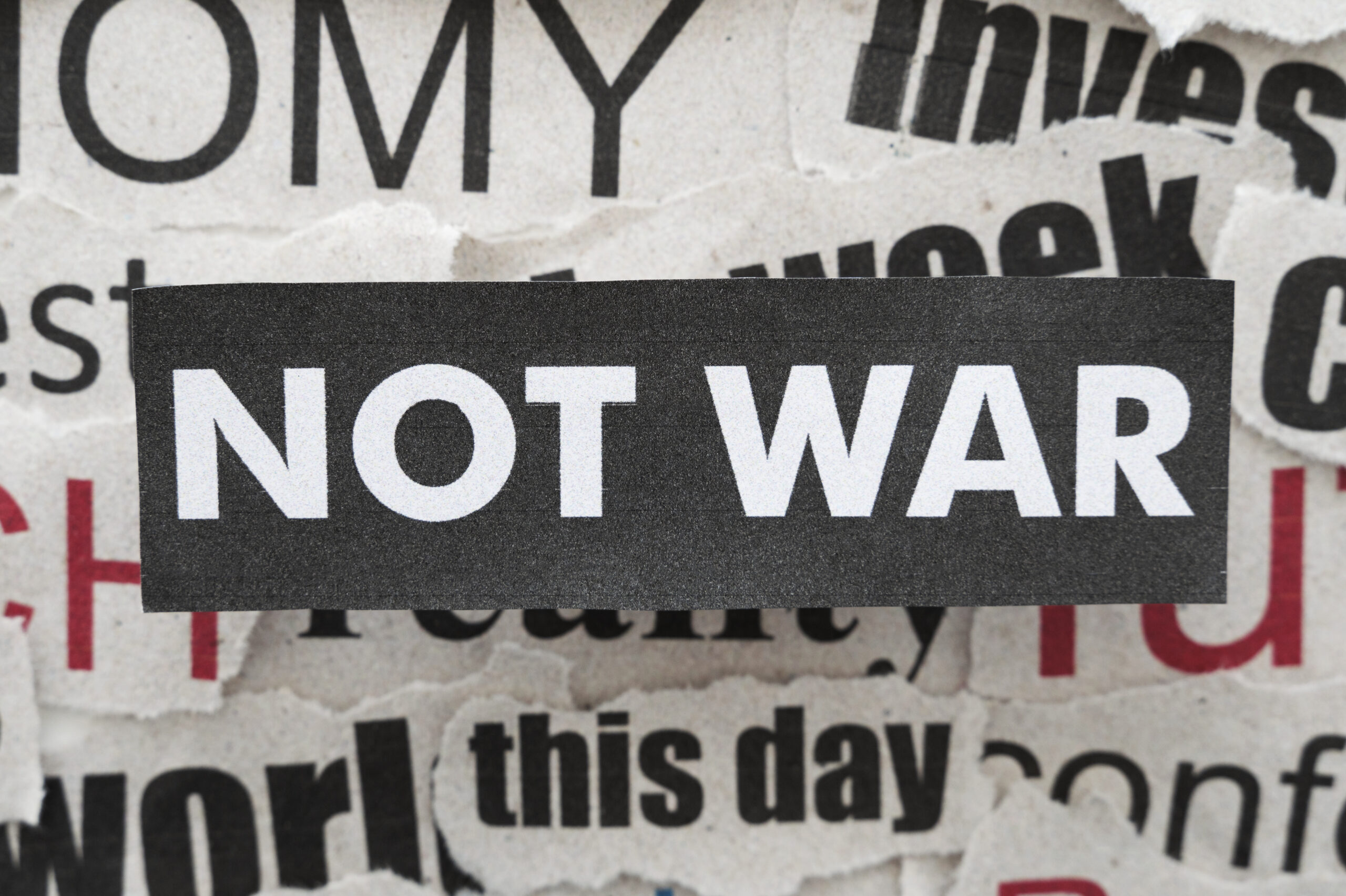It has been an interesting first month of this new year and to this start of the second presidential term of Trump. More so for the MENA area.
The long-awaited ceasefire between Israel and Hamas has finally come and currently hostages are being exchanged, but the hard work has only just begun. The whole world is overjoyed that the people which have been kept for more than a year in captivity are finally going home, but also with great sorrow, many are realizing, even if they have had this thought well back into their minds, that most of them are not alive anymore.
A vast waste of human life has been committed during the 15 months – thousands of people are now gone, Gaza is in ruins, Israel hasn’t fully achieved its objectives, neither did Hamas.
Palestinians have been allowed to return to Gaza City on the 27th, while the IDF is retreating from the areas agreed upon in the ceasefire agreement. There have also been accusations that Hamas is not fully following the agreement and is breaking some of the clauses stated in the phases – this is also why even if this temporary respite has been achieved, it still hangs in the balance since, at any point, either side could break the settlement either willingly, or unwillingly, which could prove to be a spark for another round of senseless destruction.
From a political and military point of view, Israel has not achieved its objectives, if their primary one has been the complete destruction of Hamas – it has happened that when released, the hostages were issued official “release” papers which is a clear indicator that Hamas wishes to continue to express their authority as the sole political power, not just the military power, in the Gaza Strip. With this gesture, while they have been close to being almost dismantled, they can still prove to be a tough entity to get rid of.
From the same points of view, Hamas didn’t even come close to achieving anything. By all means, they did the exact opposite which, in turn, can still mean that the existence of the terrorist group can still be put into doubt later and not necessarily coming from Israel, but from either the Palestinian Authority or, maybe, some new emergent faction. It is yet too early to determine what the likely course will be.
In southern Lebanon, civilians are still not allowed to return to their villages, with the IDF asking for an extension to their stay due to security reasons – in this regard a civilian casualty has been registered and at least 10 wounded following what sources say. It is believed that Hezbollah is pushing civilians into the still-occupied areas by the IDF.
UNRWA has also been banned completely from Israel and the Palestinian territories last year and Israel is going through with this action regardless of the international protests, which means the staff will have to evict the facilities and operations will have to be ceased by the 30th of January, according to the Israeli UN ambassador Danny Danon.
At this moment in time, it is hard to assess if the ceasefire will hold, or what the future brings for this war-torn area of the world. It is in our opinion that a reserved stance should be considered when thinking about the success chances for peace. One thing is still valid though: it has definitely not solved the issues between Israel and Palestine.

